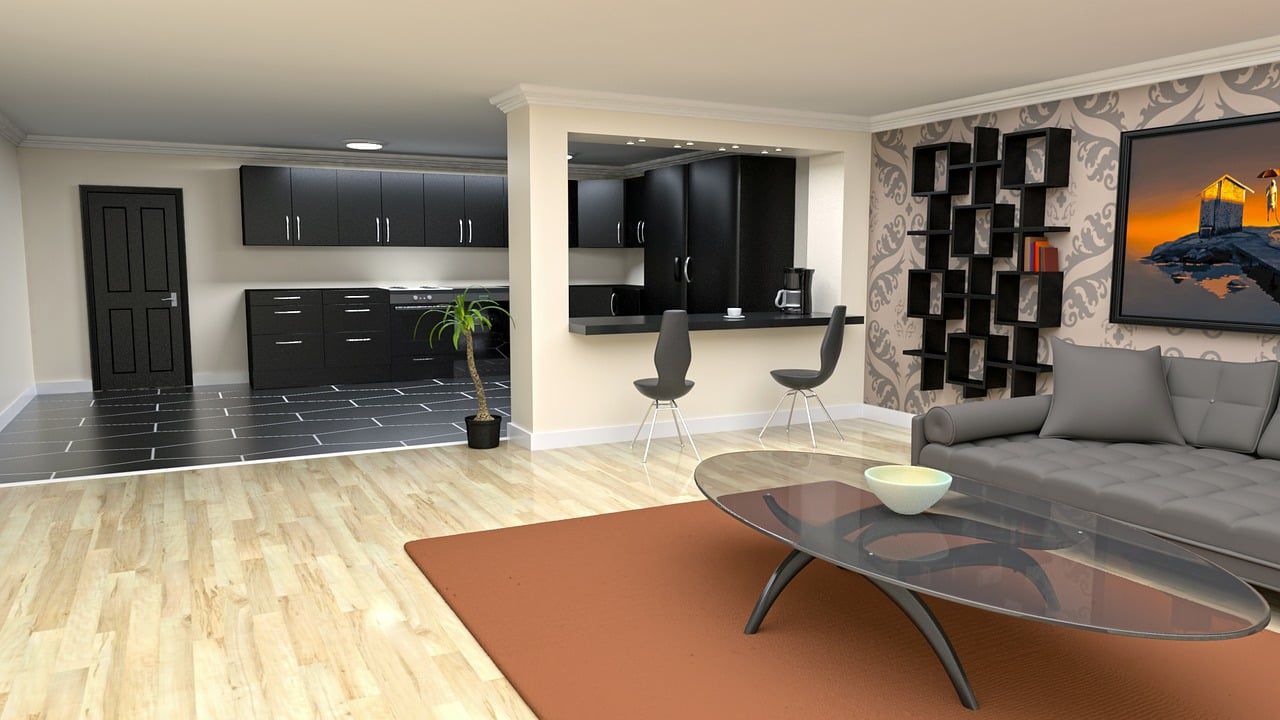There are specific design scenarios where intentionally making ceilings look lower can be beneficial.
While higher ceilings are often favored for their sense of openness and spaciousness, creating the illusion of a lower ceiling can enhance the aesthetics and coziness of certain spaces.
Here are some reasons why intentionally making ceilings look lower might be advantageous.

Intimacy and Warmth
In rooms intended for relaxation and intimacy, like bedrooms or living rooms, a lower ceiling height can create a cozier and more intimate atmosphere.
It can evoke a sense of comfort and enclosure, making the space feel inviting and snug.
Architectural Interest
Lower ceilings can lend themselves well to showcasing architectural features, such as decorative molding, beams, or intricate ceiling designs.
These details become more pronounced and visually striking when the ceiling appears closer to the occupants.
Scale and Proportion
In rooms with large floor areas or expansive walls, a lower ceiling can help balance the proportions and prevent the space from feeling too vast or empty.
Energy Efficiency
Lower ceilings can be more energy-efficient, as they reduce the volume of air that needs to be heated or cooled.
This can lead to more comfortable and cost-effective temperature control.
Design Cohesion
Lowering the ceiling in specific areas, such as dining areas or alcoves, can visually differentiate these spaces from the rest of the room.
It creates a sense of separation while maintaining an overall cohesive design.
Acoustics
Lower ceilings can improve the acoustics of a room by reducing sound reflections and echoes.
This is particularly beneficial in spaces where good acoustics are essential, such as theaters or music rooms.












